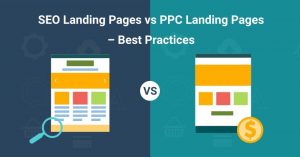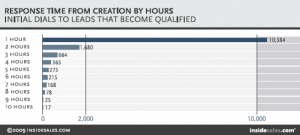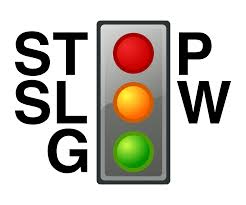Social networks have created a huge platform for broadcasting enthusiasms, whether by your neighbor or a celebrity you follow.

You’re at a party and notice a friend is wearing a new pair of bright red sneakers. He raves about how they feel, so you go out the next day and buy your own.
This is what used to be known as word-of-mouth (WOM) marketing, perhaps the most valuable way of communicating product value because the testimony comes from a trusted source.
Now, that trusted-source value has been hugely amplified by the power of social media, resulting in influencer marketing. In this article, part of our Marketing Technology Landscape Series, we look at this growing trend in social marketing.
What is influencer marketing?
In influencer marketing, marketers locate individuals whose opinions matter to other people. Often, those influencers are social media stars who have many followers on YouTube, Facebook, Twitter, Instagram and other platforms.
Influencers can also be bloggers who are considered experts in specific areas, or celebrities who share their opinions. When these influential people say they like a particular smartphone, or when they post a video that sings the praises of a new shampoo, their followers listen.
Influencer marketing isn’t the same thing as WOM, since a YouTube star isn’t actually having a conversation with someone else. But WOM can be one of the techniques used by the influencer, of course, such as a Twitter exchange between an influencer and a follower. And a successful influencer campaign like a widely-viewed video generates WOM.
Besides video viewing, other techniques for disseminating preferences to your readers or followers include blog posts, links to the products, podcasts and images on social networks like Instagram or Pinterest.
Many influencers receive some kind of compensation for their posted enthusiasms, although marketers need to make sure any paid endorsements are accompanied by Federal Trade Commission-compatible notices.
Because trust is such a key factor, many influencers specialize in a product or topic area. For instance, YouTube star Michelle Phan is known to her 6 million followers as an authority on cosmetics.
Sometimes the campaign can involve many influencers who have smaller numbers of followers or readers. Barilla Pasta, for instance, sent out packages with pasta, sauces and other products to make a dinner party, and the recipients — whom Barilla had identified as influencers — wrote and posted photos about their experiences.
And sometimes the brand endorsement is implied rather than overtly demonstrated, as in this amazing video by influencer Zach King, where the sponsor — Red Bull — is only briefly mentioned and featured. He creates YouTube and Vine videos featuring magical transformations.
Whatever the format, influencer marketing appears here to stay. Research and management firm McKinsey found that “marketing-induced consumer-to-consumer word of mouth [such as that created by an influencer’s campaign] generates more than twice the sales of paid advertising in categories as diverse as skincare and mobile phones,” and it results in a 37 percent higher retention rate.
What vendors offer tools?
While there are influencer marketing agencies that handle most of the work for brands, there are also a number of platforms allowing brands to manage their own influencer campaigns. With them, brands and agencies can find the right influencer, set up the right deal for the campaign, manage the campaign, measure the results and pay the influencer.
For instance, there’s TapInfluence, whose automated platform sifts its thousands of registered social media influencers to find the right one for a given campaign’s requirements. BuzzStream has launched a search engine to find bloggers specializing in a specific topic.
HyPR (pronounced Hyper) has an influencer search engine that thinks bigger, using machine intelligence to scan every publicly available search account in the world for those with 10,000+ followers who might match up with brands’ needs.
NeoReach’s self-service platform helps influencers share pay-per-click links for products, and The Influential Network acts as a mobile-first matchmaker between brands and influencers. Themidgame lets brands develop relationships with influencers, while Izea and Instabrand offer full platforms for influencer management at scale.
Even an old-line company like Nasdaq has gotten into the game, launching Nasdaq Influencers to find the most prominent bloggers and social media figures for a specific topic.
Sometimes influencer marketing draws on users’ existing knowledge of a given brand or product line. Various kinds of customer and advocate marketing, for instance, often use the same kind of tools to turbocharge and support the most enthusiastic customers or employees to carry a company’s message.
In April, offline advocate network Experticity merged with online influencer network ReadyPulse to unify passionate employees in a physical store with online enthusiasts. Optimization platform Amplero recently announced it was employing machine learning to find and support customers who influence other customers.
Sharing your enthusiasm — even when your passion may have been purchased — is marketing’s oldest and most powerful asset. Now that individuals with large numbers of followers and readers are regular players in influencer marketing, it’s likely that machine intelligence will increasingly allow marketers to harness armies of lesser-known social participants.
User-generated content platforms, like the photos created by participants in Barilla’s dinner parties, already tap into any willing user. Going forward, the key question is not whether influencer marketing will continue to grow, but if it will exhaust our sense of whom to trust.
Marketing Land – Internet Marketing News, Strategies & Tips
(63)







